Ketamine therapy has emerged as an innovative treatment option for individuals struggling with conditions like treatment-resistant depression, anxiety, PTSD, and chronic pain. While it offers significant relief for those who haven’t responded to traditional medications, ketamine therapy is not without potential side effects. Understanding what to expect from ketamine treatment can help you make an informed decision and manage any potential risks.
Common Side Effects of Ketamine Therapy
Most patients experience minimal side effects during and after their ketamine treatments, many of which subside within a few hours. Here are the most commonly reported effects:
- Drowsiness: Feeling sleepy or fatigued is a common reaction to ketamine. Patients are encouraged to rest after treatment and avoid driving or operating heavy machinery for the remainder of the day.
- Dissociation: Ketamine can cause a feeling of disconnection from reality, often described as a dream-like or trance-like state. This temporary side effect typically occurs during the infusion and fades shortly after the session.
- Nausea and Vomiting: Some patients report nausea, especially when the infusion is delivered intravenously. Many clinics provide anti-nausea medication, like Zofran, to help manage this symptom.
- Dizziness: Dizziness may occur after a treatment session. It’s advised to take precautions to avoid falls and other injuries by having someone present to assist with mobility if needed.
- Blurred Vision: Some patients experience temporary blurred vision during the infusion, which generally resolves as the treatment wears off.
Rare but Serious Side Effects
While ketamine therapy is generally well-tolerated, there are rare instances where more severe side effects occur. If you notice any of the following, seek medical attention:
- High Blood Pressure: Ketamine can cause temporary spikes in blood pressure, particularly in patients with pre-existing heart conditions. Your healthcare provider will monitor your vital signs closely during treatment to minimize risks.
- Hallucinations: Although dissociation is common, some patients experience more vivid hallucinations during ketamine infusions. These visual or auditory hallucinations are usually brief and subside post-treatment.
- Slowed Breathing: In rare cases, ketamine can depress respiratory function, especially when taken in higher doses or combined with other medications that slow breathing. Medical supervision ensures prompt intervention if this side effect arises.
- Urinary Issues: Long-term ketamine use has been associated with bladder problems, such as inflammation or difficulty urinating. However, these issues are more common in recreational use and are rare in controlled, therapeutic settings.
Managing Side Effects
Most ketamine side effects are short-lived, and many clinics offer preventive measures to reduce discomfort during treatment:
- Anti-Nausea Medications: Clinics often provide medications to prevent or treat nausea, such as ondansetron (Zofran).
- Hydration and Rest: Staying hydrated and getting plenty of rest post-treatment can help ease dizziness and nausea.
- Blood Pressure Monitoring: Continuous monitoring of vital signs during treatment ensures that any rise in blood pressure is addressed immediately.
Ketamine and Mental Health: Is There a Risk of Misuse?
Though ketamine is a controlled substance with potential for misuse, therapeutic doses administered in a medical setting are unlikely to lead to dependence. However, individuals with a history of substance use disorders should be closely monitored. Ketamine clinics often employ rigorous screening processes to assess the risk of misuse before starting treatment.
When to Contact Your Healthcare Provider
It’s important to stay in touch with your healthcare provider throughout your treatment. Contact them immediately if you experience any of the following:
- Chest pain or severe dizziness
- Breathing difficulties
- Confusion or disorientation that lingers post-treatment
- Worsening mood, suicidal thoughts, or self-harm ideation
The Balance of Benefits and Risks
Ketamine therapy offers an effective option for many people who have not found relief through conventional treatments. While most side effects are mild and short-term, it’s essential to be aware of the potential risks and communicate openly with your healthcare provider to ensure a safe treatment experience.
If you are considering ketamine therapy, The D’Amore Ketamine Therapy Program offers Esketamine Therapy for Treatment-Resistant Depression, providing hope for those who have struggled to find relief. Our team of experienced professionals will guide you through the process, ensuring a safe and monitored treatment tailored to your needs.
Contact us today to schedule a consultation and discover how esketamine therapy may be the right option for your journey toward better mental health.




